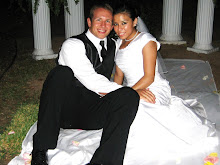Content: This project will cover some standards included in the Utah core curriculum for 3rd grade. More specifically, standard 1: students will understand how geography influences community location and development. Objective 1: determine the relationships between human settlement and geography. Students will explore Mount Everest, the Statue of Liberty, Mount Rushmore, and the Alamo. They will determine what geographical influences these places have and there developments.
Pedagogy: With google earth, students can experience many things and learn many things by personal research. They can can better grasp how the world looks like, distances between places, and where things are. They can also access information about historical events and passages. Most of what they will do with google earth is discovery learning.
Technology: The technology we use for this activity mostly deals with google earth. With the availability of computers, students will be able to do some exploring. Students can find out a lot of information and see pictures about places they have never been to.
Parent Interview of Internet Safety
16 years ago









